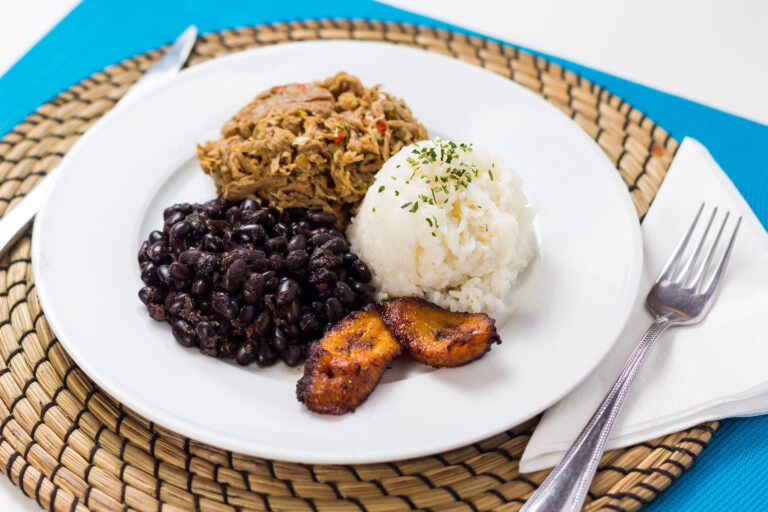Introduction: Spanish Influence on Venezuelan Cuisine
The influence of Spanish cuisine on Venezuelan dishes is undeniable. As a former colony of Spain, Venezuela has been exposed to the culinary traditions of the Iberian Peninsula for centuries. Spanish colonization brought not only changes in politics and religion, but also changes in food, which have been incorporated into Venezuelan cuisine to create a unique and flavorful gastronomy.
The Arrival of Spanish Settlers in Venezuela
Spanish settlers arrived in Venezuela in the 16th century, bringing with them livestock, crops, and recipes from their homeland. They introduced products such as wheat, rice, olive oil, and wine, which were previously unknown in Venezuela. Spanish influence can be seen in many Venezuelan dishes, especially those that use staple ingredients such as tomatoes, peppers, garlic, onions, and cilantro, which were also brought from Spain.
Spanish Ingredients and Techniques in Venezuelan Cuisine
Spanish cuisine has a strong emphasis on the use of herbs and spices, which are also present in Venezuela. These ingredients are used to season meats, soups, and stews, which are some of the most traditional Venezuelan dishes. One of the most popular Venezuelan dishes influenced by Spanish cuisine is the “arepa”, a cornmeal cake that is stuffed with a variety of fillings such as cheese, ham, and avocado. Spanish techniques such as frying and roasting are also widely used in Venezuelan cuisine.
Popular Spanish-Influenced Venezuelan Dishes
Some of the most popular Spanish-influenced Venezuelan dishes include “paella”, a rice dish with seafood and chicken, “asado negro”, a beef stew with a sweet and salty flavor, and “hallacas”, a cornmeal pocket filled with meat, vegetables, and spices, wrapped in a plantain leaf. All these dishes have been adapted to Venezuelan tastes, incorporating local ingredients and spices.
Regional Variations of Spanish-Influenced Venezuelan Cuisine
There are also regional variations of Spanish-influenced Venezuelan cuisine, depending on the ingredients available in each area. Coastal regions have a strong seafood influence, while the Andean region has a more rustic and hearty cuisine. In the eastern part of Venezuela, there are dishes that use indigenous ingredients such as cassava and plantains, which have been incorporated into Spanish-influenced dishes.
Conclusion: The Enduring Legacy of Spanish Influence on Venezuelan Food
The Spanish influence on Venezuelan cuisine has endured for centuries, and it continues to shape the food culture of this South American country. Spanish ingredients and cooking techniques have been incorporated into traditional Venezuelan dishes, creating a rich and flavorful gastronomy that reflects the country’s history and diverse cultural heritage. Spanish cuisine has left an indelible mark on Venezuelan food, and it will continue to do so for generations to come.

